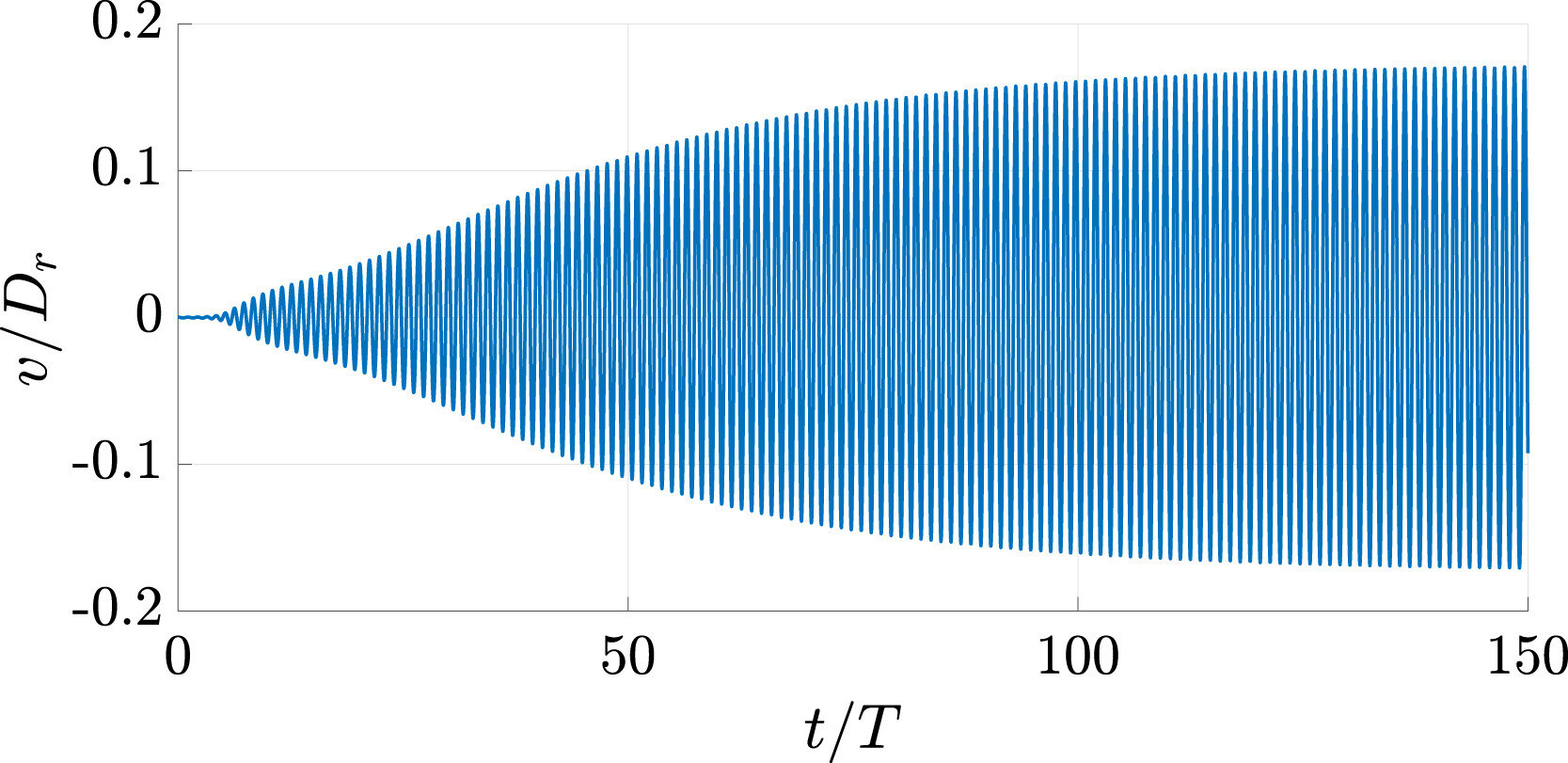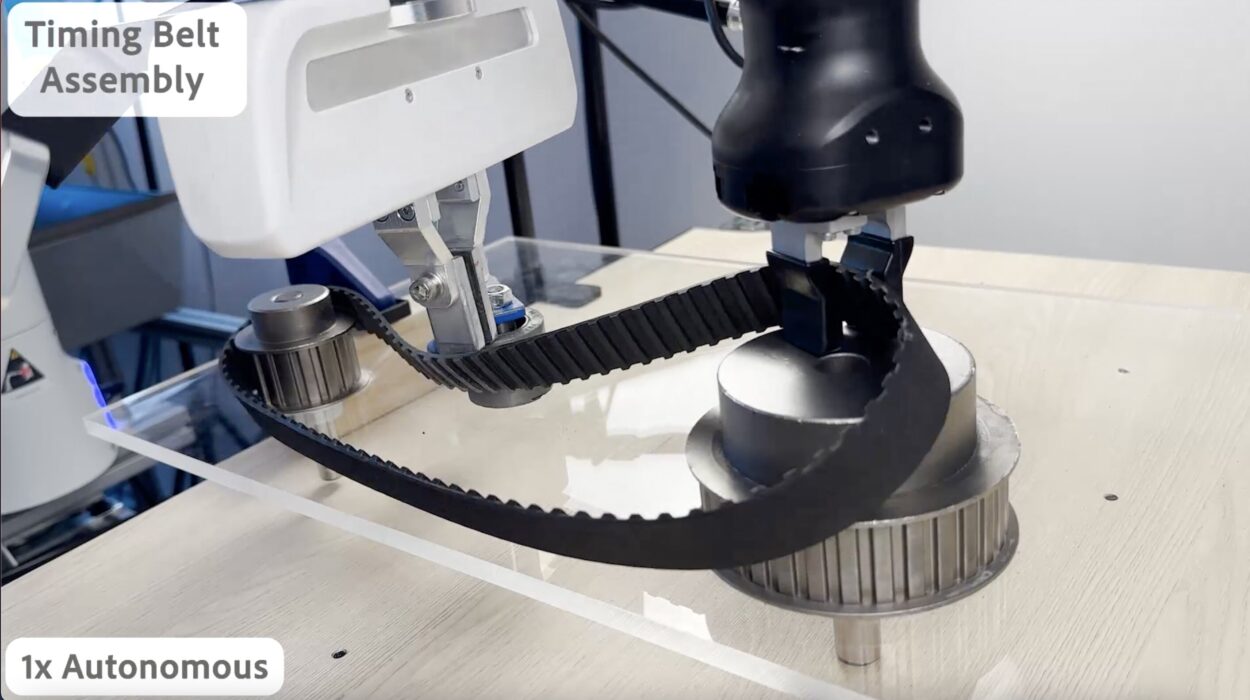In a world where steel giants with slicing blades tower over plains and coastlines, capturing the power of the wind has become a defining image of the clean energy revolution. But in the heart of Glasgow, a quieter, humbler contender is preparing to change the game—by doing away with blades altogether.
Imagine a slender pole, standing upright like a lone streetlamp in the breeze. It doesn’t rotate. It sways. Gently. Rhythmically. And with each subtle oscillation, it generates power—not with spinning blades, but by harnessing the invisible dance of air currents.
This is the bladeless wind turbine, or BWT, a promising new frontier in wind energy innovation. And thanks to a breakthrough study from engineers at the University of Glasgow, its future just got a lot brighter.
The Science of Sway
The core principle behind bladeless turbines is something called vortex-induced vibration. When wind flows past a cylindrical object—like a BWT—it creates alternating swirls of air, or vortices, on each side. These vortices push the cylinder back and forth, a natural movement that, if tuned to the structure’s natural frequency, can amplify into strong, regular oscillations.
In conventional turbines, the movement comes from rotating blades. In BWTs, the whole structure sways. That kinetic energy, once amplified, can be captured and converted into electrical power. The concept is as elegant as it is counterintuitive.
But the technology is still in its infancy. So far, real-world prototypes have barely scratched the surface of what’s possible, peaking at a modest 100 watts of power output. That’s enough to light up a small room, but not much else. Until now.
A New Model for Wind Power
In a study just published in Renewable Energy, titled “Performance analysis and geometric optimisation of bladeless wind turbines using wake oscillator model,” researchers from the University of Glasgow used advanced computer modeling to do something no one has done before: explore thousands of variations in BWT design to find the perfect balance between power output and structural safety.
Their simulations revealed a key insight—maximum power doesn’t necessarily mean maximum efficiency.
“What this study shows for the first time,” said Dr. Wrik Mallik, corresponding author and researcher at the James Watt School of Engineering, “is that, counterintuitively, the structure with the highest efficiency for extracting energy is not the structure which gives the highest power output.”
Instead, the sweet spot lies in compromise. The researchers identified that an 80-centimeter-tall BWT with a 65-centimeter diameter offers the best combination of stability and performance, safely delivering up to 460 watts of power. That’s more than four times what any current prototype has managed—without sacrificing structural integrity.
Pushing beyond that design, the team found, can theoretically increase output to 600 watts—but at the expense of durability. In the real world, these high-output models would likely collapse under stress. The findings mark a crucial turning point for BWT development: power generation is no longer just a guessing game.
Quiet Giants of the City
What makes bladeless turbines so intriguing isn’t just their potential efficiency. It’s their promise to transform where—and how—we generate wind power.
Traditional turbines, with their whirling blades and colossal footprints, are best suited for open spaces and windy ridges. They’re often noisy, complex, and require significant maintenance. Worse, they pose risks to birds and bats and can trigger opposition in densely populated areas.
Bladeless turbines, by contrast, could fit seamlessly into urban environments. Their compact, upright form makes them less obtrusive. They are quieter, simpler, and have fewer moving parts, reducing both noise pollution and the need for frequent upkeep. Their sway, far from being disruptive, could blend into cityscapes like streetlamps or public art installations—harvesting clean energy while remaining largely unnoticed.
“In the future, BWTs could play an invaluable role in generating wind power in urban environments,” Dr. Mallik said. “Where conventional wind turbines are less useful, these could quietly and efficiently make up the difference.”
Toward a Net-Zero Future
Scaling up this technology could significantly broaden the renewable energy toolbox. The researchers believe their model is the first true blueprint for how to take BWTs from backyard curiosities to utility-grade systems capable of generating 1 kilowatt and beyond—enough to power a household appliance or small building.
Professor Sondipon Adhikari, another corresponding author and leader of the research team, hopes the study will accelerate the transition from theory to reality. “Removing some of the guesswork involved in refining prototypes could help bring BWTs closer to becoming a more useful part of the world’s toolbox for achieving net-zero through renewables.”
But they’re not stopping there. The team is also exploring how metamaterials—engineered substances with exotic properties not found in nature—might enhance BWT performance even further. These futuristic materials could enable better vibration control, lighter structures, or even self-adjusting capabilities for changing wind conditions.
Their hope is that BWTs can eventually find applications not just in cities, but in remote locations, developing countries, or off-grid environments where traditional infrastructure is hard to build or maintain.
The Sway of Innovation
It’s a quiet revolution, quite literally. While massive turbine farms continue to grow in size and complexity, the bladeless wind turbine sways in a different direction—toward minimalism, versatility, and elegance.
Like many renewable technologies, BWTs ask us to rethink the assumptions we’ve made about power: that it needs to be loud, large, or high-tech. Sometimes, the answer lies in going back to nature’s own rhythms—in this case, the simple vibration of air around a pole.
As engineers fine-tune the science behind the sway, one thing becomes clear: the wind still has more to give. And perhaps the future of clean energy doesn’t hum with spinning blades—but whispers with a graceful, quiet motion you might not even notice.
Reference: Janis Breen et al, Performance analysis and geometric optimization of bladeless wind turbines using wake oscillator model, Renewable Energy (2025). DOI: 10.1016/j.renene.2025.123549






